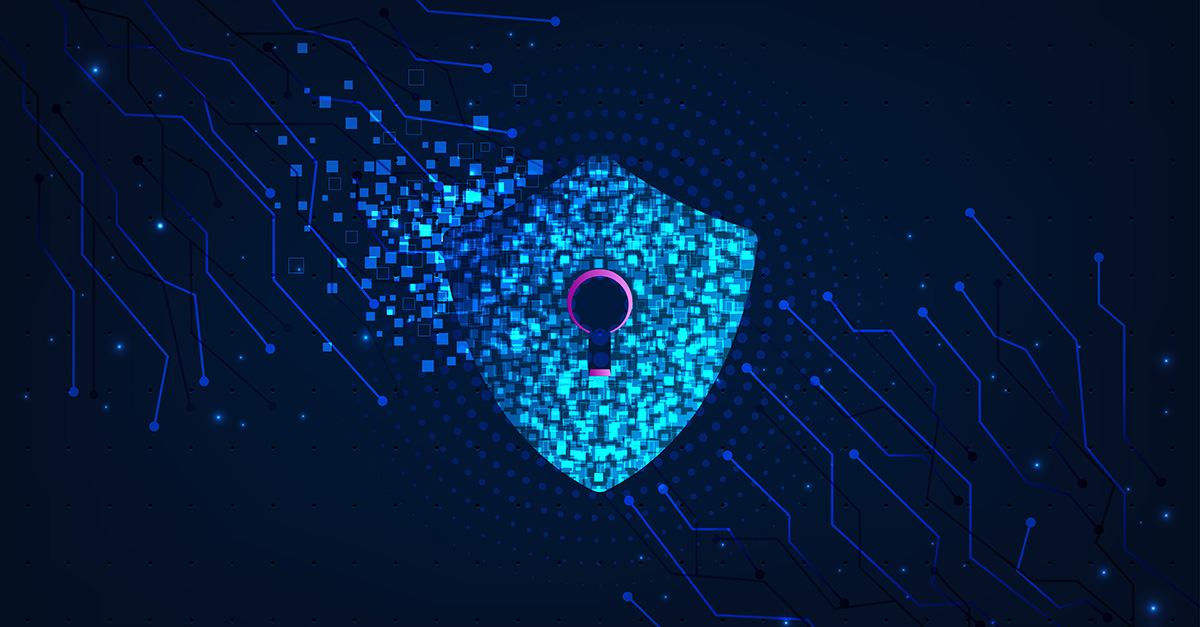science-technology

February 27,2025 • 4 min read
Zero Trust and NDR: A Powerful Duo for Modern Cyber Defense

In today’s evolving threat landscape, organizations must shift from reactive security to a proactive approach that anticipates and neutralizes cyber threats before they cause damage. Two of the most effective strategies leading this transformation are Zero Trust Architecture (ZTA) and Network Detection and Response (NDR). While each framework delivers significant security benefits on its own, combining them creates a formidable defense against advanced threats.
Understanding Zero Trust: A "Never Trust, Always Verify" Model
Zero Trust is a security framework that operates under the assumption that no entity—whether inside or outside the network—should be trusted by default. Instead, it continuously verifies users, devices, and applications before granting access. The core principles of Zero Trust include:
- Least Privilege Access – Users and devices receive only the minimal access required for their roles.
- Continuous Verification – Authentication and authorization are ongoing, rather than a one-time process.
- Micro-Segmentation – Network resources are divided into isolated zones, reducing the risk of lateral movement by attackers.
- Assume Breach – Security is designed with the expectation that breaches will occur, ensuring rapid detection and response.
While Zero Trust enhances security posture by restricting unauthorized access, it still needs strong visibility and detection mechanisms to identify hidden threats. That’s where NDR plays a crucial role.
Network Detection and Response: The Watchtower of Cyber Threats
NDR solutions provide deep network visibility and leverage AI-driven analytics to detect malicious activity in real time. Unlike traditional security tools that rely on known threat signatures, NDR continuously monitors network traffic, identifying suspicious behavior through anomaly detection and machine learning. Key capabilities of NDR include:
- Real-Time Threat Detection – Identifies sophisticated attacks such as advanced persistent threats (APTs) and lateral movement.
- Automated Incident Response – Uses AI and automation to mitigate threats before they escalate.
- Encrypted Traffic Analysis – Detects hidden threats in encrypted network flows without decryption.
- Threat Hunting and Forensics – Provides security teams with detailed insights into network activity for proactive defense.
How Zero Trust and NDR Work Together
When Zero Trust and NDR are integrated, they create a powerful synergy that enhances an organization’s ability to prevent, detect, and respond to threats. Here’s how they complement each other:
- Zero Trust restricts access; NDR monitors behavior. Even if a user gains access, NDR can detect unusual activity, such as unauthorized data transfers or privilege escalation.
- Zero Trust limits lateral movement; NDR detects anomalies. If an attacker attempts to move laterally within the network, NDR identifies deviations from normal patterns and triggers alerts.
- Zero Trust enforces least privilege; NDR validates traffic. NDR provides additional validation by analyzing network traffic for signs of compromise, even from authorized users.
- Zero Trust assumes breaches; NDR provides rapid detection. When Zero Trust policies fail or are bypassed, NDR ensures that security teams can quickly identify and mitigate threats.
Building a Resilient Cybersecurity Strategy
To maximize the benefits of Zero Trust and NDR, organizations should:
- Implement Zero Trust Policies Consistently – Ensure strict access control measures, multi-factor authentication (MFA), and micro-segmentation are enforced across all systems.
- Deploy AI-Driven NDR Solutions – Invest in NDR platforms that leverage machine learning and behavioral analytics for real-time threat detection.
- Integrate with XDR and CNAPP – Extend security across cloud environments and endpoints by integrating with Extended Detection and Response (XDR) and Cloud-Native Application Protection Platforms (CNAPP).
- Automate Incident Response – Use AI-driven automation to minimize response times and contain threats before they spread.
- Continuously Monitor and Adapt – Cyber threats evolve constantly; ensure regular updates to Zero Trust policies and NDR detection models.
Conclusion
In an era where cyber threats are more sophisticated than ever, a Zero Trust strategy alone is not enough—organizations need deep network visibility and AI-driven threat detection to stay ahead of adversaries. By combining Zero Trust and NDR, businesses can build a proactive cybersecurity framework that stops attackers in their tracks, mitigates risks, and ensures resilient cyber defense.
Fidelis Security Details
User Profile
- Full name
- Fidelis Security
- Email address
- fidelisteam1@gmail.com
- Join Date
- 2025-02-27
- State
- City
- Pincode
- Address
- Follow us on Facebook
- Follow us on Twitter
- Website Name
- Bio